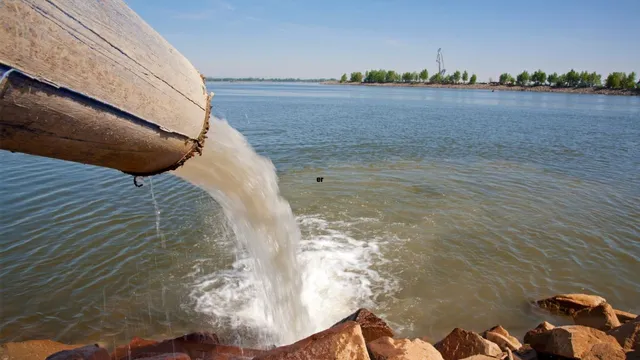- By Shibra Arshad
- Fri, 31 Oct 2025 09:52 AM (IST)
- Source:JND
In one of the rare natural reversals, land in southwest Delhi's Dwarka appears to be rising again after quietly sinking for years. The ground beneath Dwarka sank after its aquifers ran dry. After satellite images showed that the land was lifting again, there are claims that groundwater is bouncing back.
The research paper, titled ‘InSAR Reveals Recovery of Stressed Aquifer Systems in Parts of Delhi, India’, published in the Water Resources Research journal, examined satellite data from October 2014 to October 2023.
The report said that land subsidence and ground sinking have stopped in parts of Delhi.
ISRO-IIT Write Papers
Scientists from the Indian Space Research Organisation (ISRO), IIT Kanpur, IIT (ISM) Dhanbad, and the University of Miami have written the paper, claiming that land in Dwarka, which is one of Delhi's most groundwater-stressed zones, began to lift again around mid-2016.
“The land there has since uplifted by 5 to 10 centimetres, climbing at a rate of up to 2 cm per year across nearly 4 square kilometres, that is about 988 acres of land,” it claimed.
As per the aforementioned study, the groundwater in Dwarka has increased by roughly 2-7 billion litres annually between 2016 and 2023, enough to meet the water needs of an entire Delhi neighbourhood.
According to the study, Delhi has added 1.5 metres to its groundwater between 2018 and 2021, despite the lack of rainfall. "The sustained rise in groundwater level during 2018-2021, despite decreasing rainfall, provides strong evidence for substantial recovery of groundwater resources through improved management," the paper noted.
Faridabad Land Subsidence Accelerated
While there is good news in Dwarka, the study also highlights a worrisome trend for Faridabad, as subsidence in Faridabad has accelerated.
In other areas, such as Gurgaon, the speed of land sinking has dropped a lot. From 2014 to 2018, central parts of the city sank by 15 cm each year. After 2018, this slowed to about 10 cm per year, and southern areas went from 6 cm per year down to only 2 cm per year. The study says this slower sinking shows the underground water system is becoming more stable, as less water is being taken out and more is being added back.

